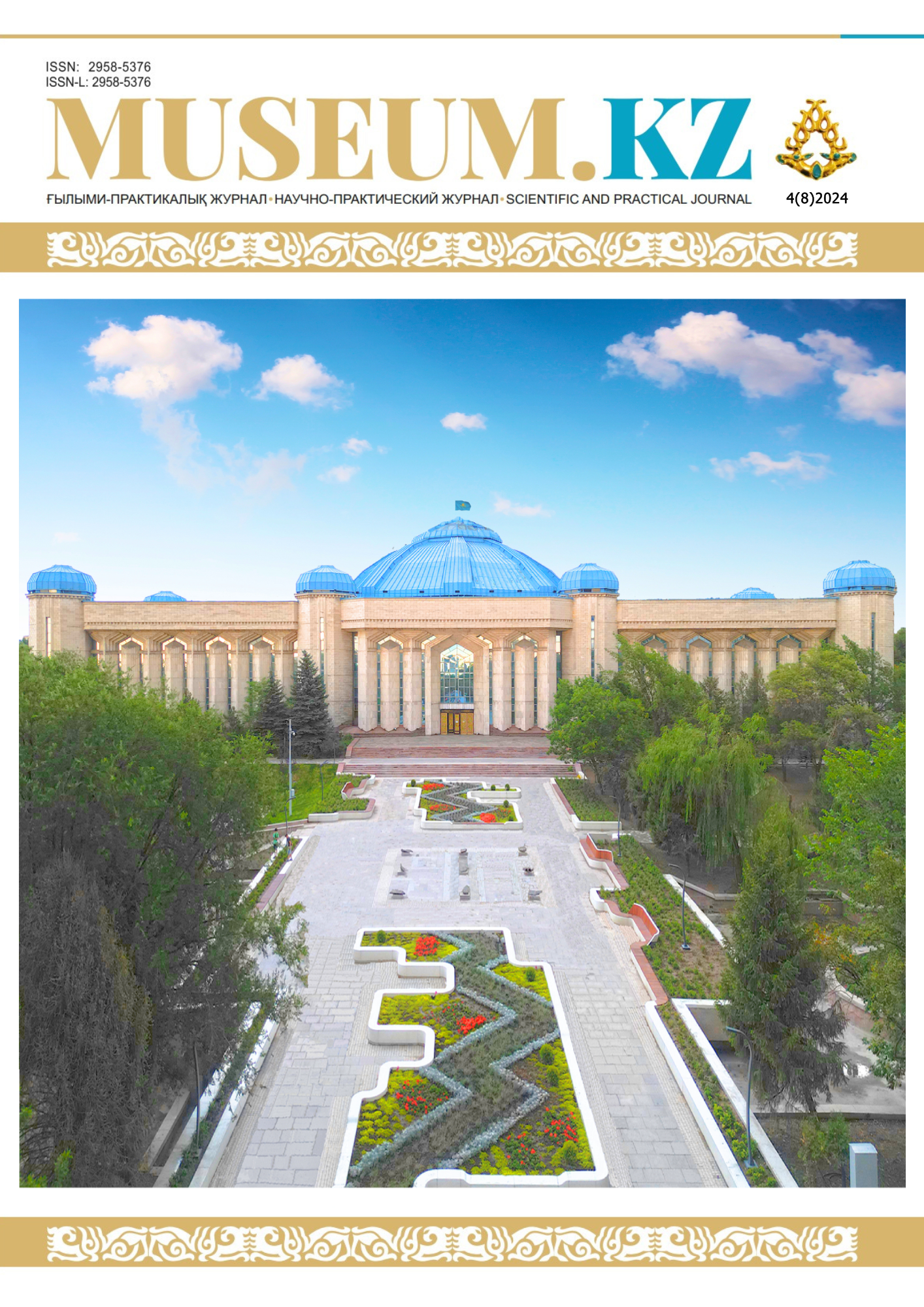BIOLOGICAL HERITAGE OF THE KAZAKH PEOPLE ON THE SKIN PATTERNS OF FINGERS AND PALM
DOI:
https://doi.org/10.59103/muzkz.2024.08.08Keywords:
dermatoglyphics, delta index, Cummins index, axial triradius, additional interdigital hypothenar triradii, complex, skin patterns of fingers and palm, correlation, homogeneous, eastern complex, polygonAbstract
Abstract. In modern physical anthropology, a significant place is given to the study of skin patterns of fingers and palms. Dermatoglyphic data contain important information in the study of ethnogenetic processes of modern population. In this article, a comprehensive dermatoglyphic study of the Kazakh people was conducted. The collected materials of the Kazakhs were grouped into subethnic and territorial. The results of the study allow us to conclude that the subethnic groups (Senior, Middle, Junior zhuzes) differ little from each other. Only representatives of the Junior zhuz have increased mongoloid elements, but they are statistically unreliable. Also, among the territorial groups (eastern, northern, western, central, southern), the Kazakhs of Central Kazakhstan have reduced eastern components. According to all the studied dermatoglyphic indicators, the Kazakh population in subethnic, territorial terms represents a homogeneous population on the territory of Kazakhstan.







